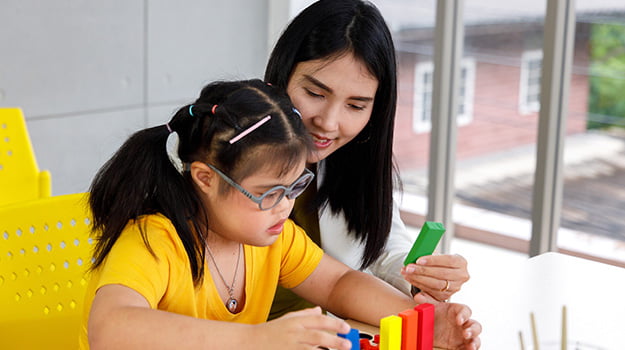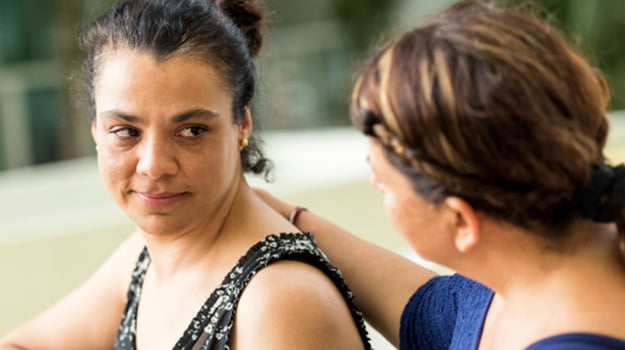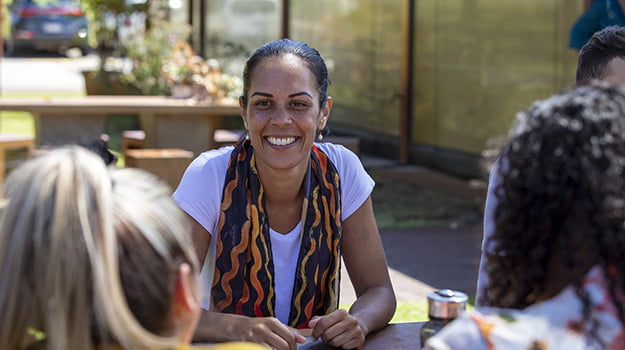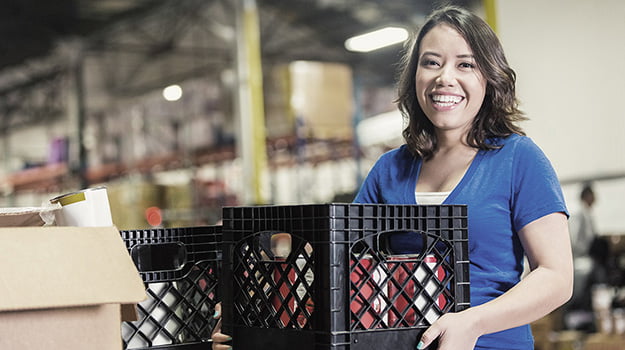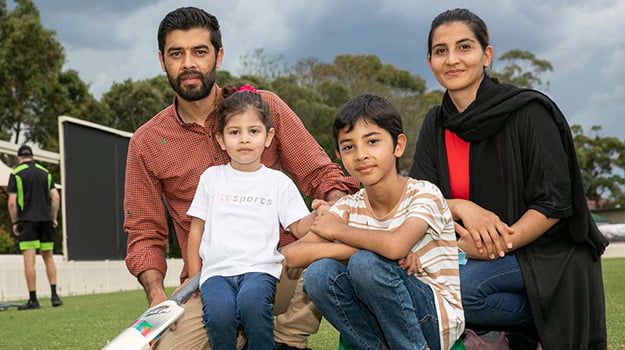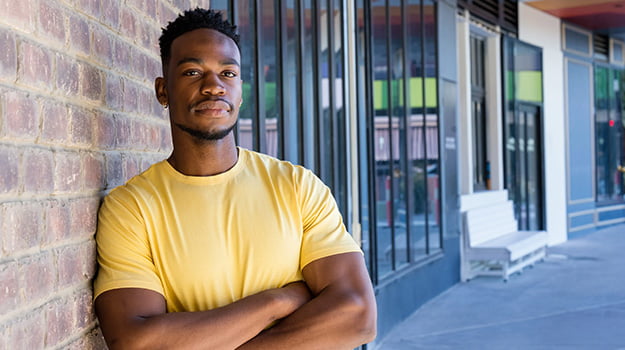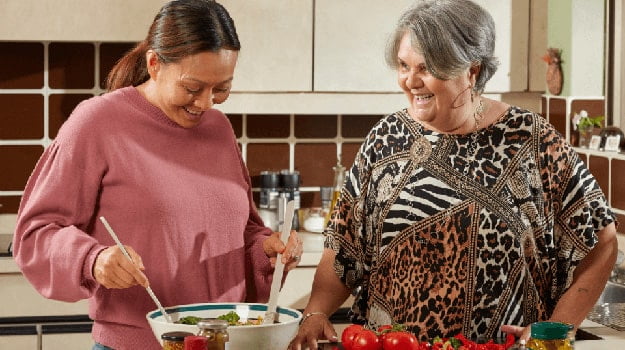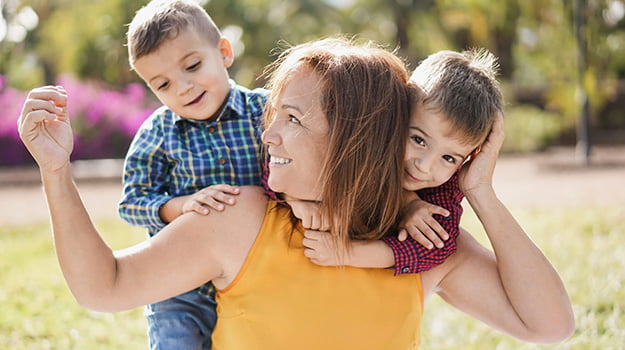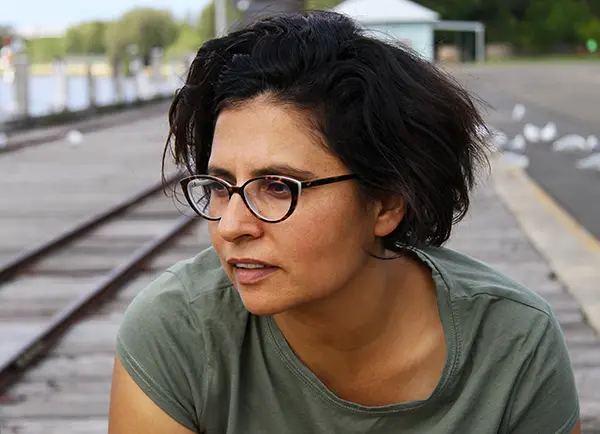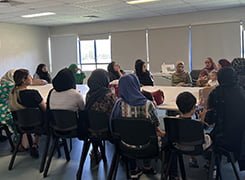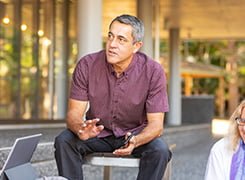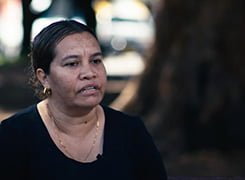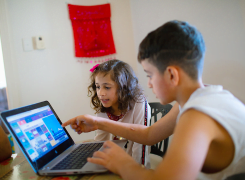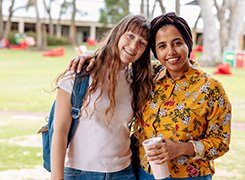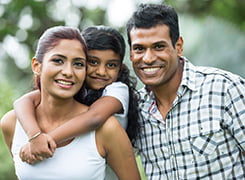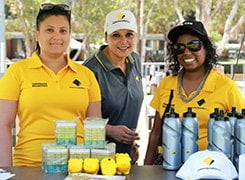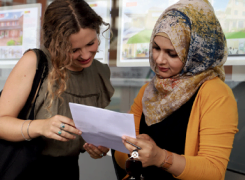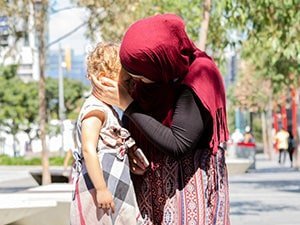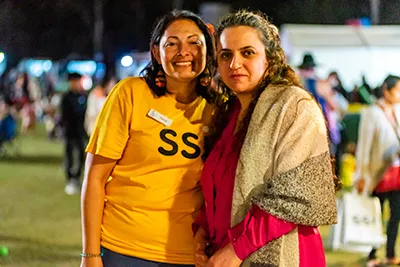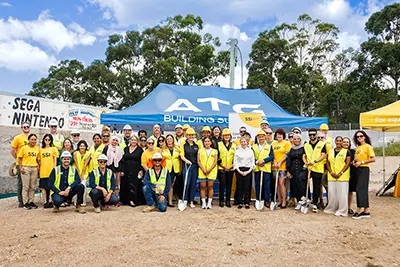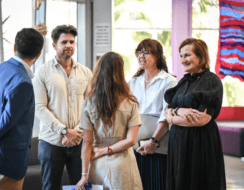23 Aug 2021
NewsFrom the CEO: No-one can be left behind: vaccination rates in refugee communities
Vaccination rates are rising, and Australians of all ages and backgrounds are eager to do their part in protecting themselves and their communities by getting a COVID-19 jab.
As vaccination rates continue to increase and we work towards the reduction of restrictions, it is critical that diverse, vulnerable communities are not left behind in gaining timely access to vaccine protection.
SSI has joined many organisations in endorsing the Australian Council for Social Service’s (ACOSS) call for urgent action from all levels of government to ensure high-risk groups are not left behind in the vaccination rollout.
As part of our advocacy and government relations engagement, members of SSI’s Executive team and I are meeting with local and state MPs and attending community forums regularly to discuss the impact of the virus, and the vaccine rollout. We are also working with ACOSS to provide insights on the challenges faced by our communities as part of Lt. General Frewen’s Operation COVID Shield Taskforce.
As part of this, we are recommending specific vaccination targets for high-risk groups and that population and location specific data be released to the public weekly at a minimum.
Some of the groups that must be kept front of mind during the vaccine rollout are individuals from refugee and asylum-seeking backgrounds, children in care, people with a disability, and Aboriginal and Torres Strait Islander Peoples.
Earlier this month, SSI conducted a survey of more than 1,000 of our clients, mostly from refugee and asylum-seeking backgrounds living in the Greater Sydney to understand the impact of COVID-19.
Of those surveyed, 86 per cent live in a hotspot, or Local Government Area (LGA) of concern, such as Fairfield and Liverpool.
Our survey identified that just 16 per cent of our clients have received one or two doses of a COVID-19 vaccine, leaving 84 per cent unprotected against the virus.
Of those vaccinated, 21 per cent received their shots through our pop-up vaccination clinic at SSI’s Paramatta office. This clinic will recommence the vaccination of people living on temporary visas in the coming weeks.
Of unvaccinated individuals, 70 per cent said they are eager and plan to get vaccinated.
Much like the wider Australian population, the main barriers to vaccination this group include long wait times for vaccine appointments and a preference for a different vaccine than the one widely available.
Our survey results highlight that people who have experienced forced migration have similar, if not higher, levels of interest in receiving the vaccine as the Australian population.
These results also reiterate the vital importance for the government to work with community intermediaries, like SSI, to assist in the development and implementation of a vaccination strategy. Confusion about vaccine eligibility and a lack of in-language support at this stage of the rollout is a serious concern as it places the health and wellness of our communities at risk.
As outlined in the ACOSS ‘Community Sector Vaccination Principles’, non-for-profit and charity sectors are crucial arms of the health and welfare system, with highly developed service infrastructure, networks, and reach through pre-existing trusted relationships.
I am confident that the way to increase vaccination rates amongst vulnerable and hard to reach groups, as well as the wider Australian population, is by leveraging the trust and assets this sector brings to our communities.

